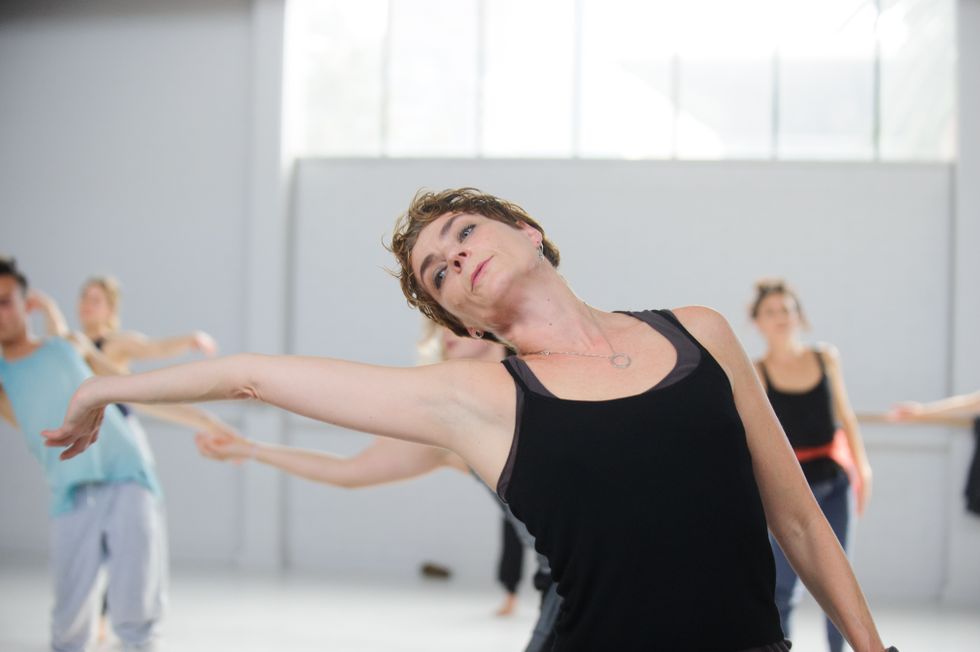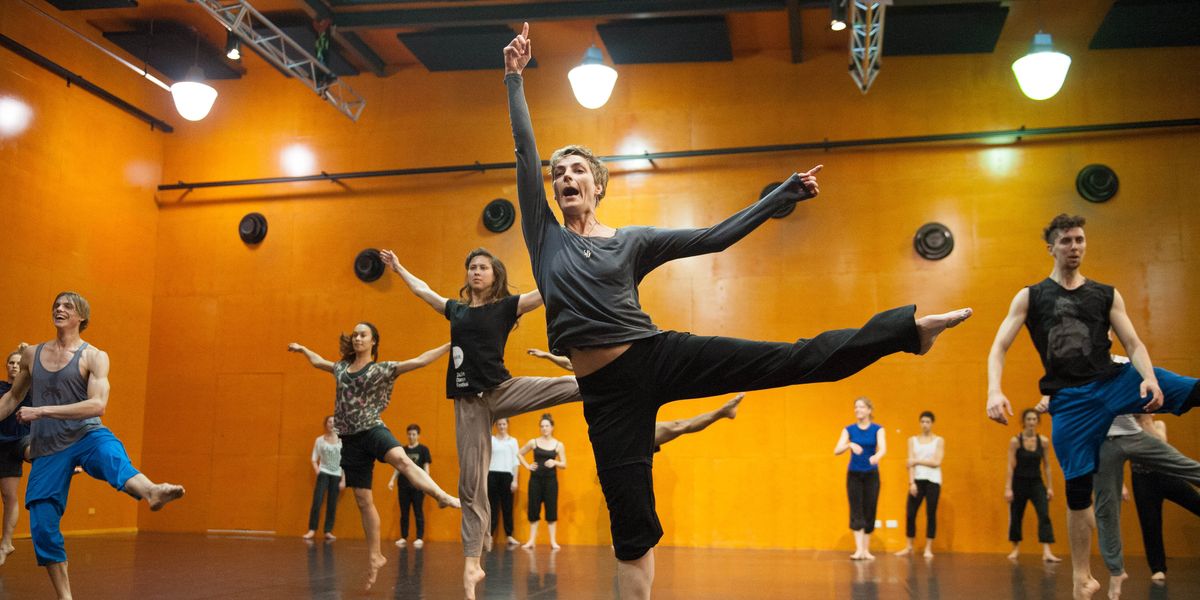Countertechnique Wants to Change How You Think About Dancing
American dancer Kira Blazek Ziaii was hooked after her first experience with Countertechnique—so hooked that when touring to Europe with Hubbard Street 2, she would go to Amsterdam to take class with creator Anouk van Dijk.
“Many older techniques have a strong inner logic,” says Van Dijk, who now directs Melbourne-based Chunky Move. “But I found they didn’t prepare the body for when the dancer has to be highly versatile.” Countertechnique equips dancers with a range of skills and teaches them to apply them within familiar movements. This gives dancers more agency, which van Dijk believes can reduce anxiety in performance and even help dancers prevent and recover from injury.
The Class
From the outside, Countertechnique doesn’t look so different from other contemporary classes. But one major distinction is that it doesn’t use the concept of the core. “Instead, we direct and counter-direct parts of the body away from each other,” says van Dijk. “This creates a dynamic sense of balance, and allows for quick changes of direction and fast problem solving.”

PC Sarah Walker
For example, a teacher might say “Send the volume of your brain away from the volume of your lower legs,” says Ziaii, who now teaches the technique at University of North Carolina School of the Arts. This encourages dancers to use the weight of the body to their advantage.
The Tools
A key feature of Countertechnique is the “toolbox,” a virtual set of problem-solving tools. “For example, ‘Your shoulder girdle is not your rib cage.’ Obviously a dancer understands this intellectually,” says Ziaii. “But to realize it while dancing can be a huge relief for someone who carries tension in their upper body.” James Vu Anh Pham, a soloist with Chunky Move, says that one of his favorite tools is “See what you see,” which encourages dancers to take in their surroundings rather than staring straight ahead. Pham says this makes him feel and look more engaged in performance.
The Benefits
Van Dijk uses Countertechnique for company class and repertory development, and says this shared base facilitates communication. Ziaii feels the technique is especially useful for college students. “The organization of thoughts helps to declutter their mind and body,” she says. The tools can also be applied in other classes to clarify principles dancers struggle with.
The technique has helped Pham care for his body throughout his career. “I rely on it when I’m dealing with an injury or extreme fatigue,” he says. “The philosophy is to accept the body you have at the time, and that releases a lot of mental tension.”




